The thought of a heated blanket during those chilly winters always sounds enticing, right? Especially if it means you get a better night’s sleep. And the simplicity of plugging one in and waiting a few moments before being wrapped in a blanket of warmth is just delightful. However, as heated blankets have grown in popularity, the risk factors and mishaps have also increased, such as house fires and burns.
Heated blankets may have many advantages, such as being energy efficient and portable, but do the pros outweigh the cons?
The simple answer to whether heated blankets are bad for you is yes! However, this doesn’t mean you should never use them. When used with caution and for short periods, heated blankets can be a savior, especially with the rising cost of gas and more and more people working from home. It’s more cost-effective than heating the entire house.
So, during this guide, I am going to be taking an in-depth look into precisely why heated blankets are bad for you and what the alternatives are, which means you don’t have to whack up the central heating.
Why Are Heated Blankets Bad For You?
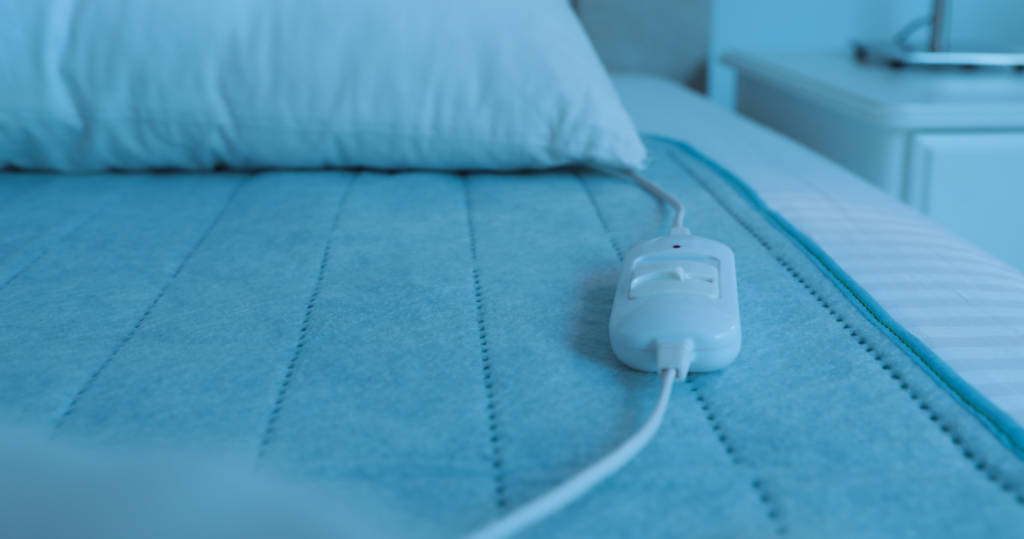
Several risk factors come with using electric blankets, especially when the proper precautions aren’t taken.
For example, heated blankets left overnight have been known to set on fire and even cause damage to internal organs.
Another disadvantage is because they’re portable, this means they’re more easily damaged. The inside of a heated blanket is made from a mixture of wires, and heating components, which, when constantly bent, moved, and repositioned, can fray and split, leaving you with a dangerous device.
Some other risks you might not even be aware of when using a heated blanket are that they can worsen diabetes, increase or lower blood pressure, cause miscarriages, and increase your chances of heatstroke and cancer.
Of course, the primary risk that goes hand-in-hand with heated blankets, which we are warned about the most, is the risk of being burned. This can be if the appliance is left on too long, has a fault, and overheats, or if the internal wiring is damaged.
To avoid severe burn risks and fires caused by your heated blanket, never fall asleep with it switched on, store it carefully, avoid bending the wires, don’t put it in the dry cleaner, and have it serviced regularly.
Handy Tip: When purchasing a new heated blanket, look out for a mark that says Underwriters Laboratories (UL). This ensures product safety and validity.
6 Safer Alternatives to Heated Blankets
So, if you’re worried about using a heated blanket, and are now wondering what else you can use in their place, below are six alternatives that are safer and can provide ample warmth during the winter months.
1. Hot Water Bottle
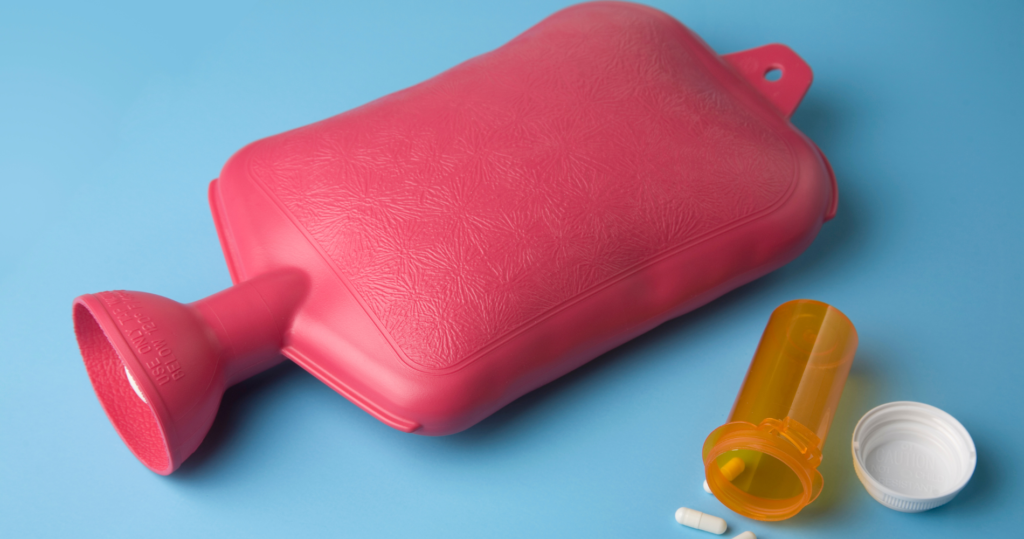
Although not entirely without risk, hot water bottles are an excellent source of warmth when you’re feeling the chill. However, you must buy them from a reputable company and check the dates. Yes – hot water bottles do have a use-by date. You’ll usually find these on the cap. It’s a symbol shaped like a flower that indicates the year and month the bottle was made.
Hot water bottles are only designed to last for three years, so if yours is past its best, it’s time to throw it out and invest in a new one. After all, they’re inexpensive and essential for safety purposes. After three years, the rubber can erode, and the bottle can become brittle, meaning a higher risk of burns.
Also, if you use a hot water bottle, ensure that you never use water straight from a boiling kettle. Instead, mix it with a drop of cold water, or use the hottest water available from your tap.
Another slight downside to using a hot water bottle to keep warm is that the warmth provided is localized to one area, meaning to stay warm, you’ll need to keep moving it around, and you will also need to refill it every few hours to keep the temperature warm enough to keep you toasty.
Hot water bottles are also great for anyone who gets too hot during the night, as once you drift off, they begin to cool down, meaning you’re less likely to wake up during the night because you’re overheating.
2. Thermal Clothing

It’s surprising what adding an extra layer of thermal clothing under your regular outfit or pajamas makes to your body temperature, especially if you buy specially designed garments.
Items such as fleece-lined vests, long underwear, leg warmers, and thermal socks can make a world of difference. Also, wearing a pair of tights or leggings underneath your trousers is an excellent way of adding an extra layer of insulation.
You can purchase purposeful thermal clothing, which can be quite pricey; however, adding your undergarments can have the same effect.
3. Electric/Portable Heater
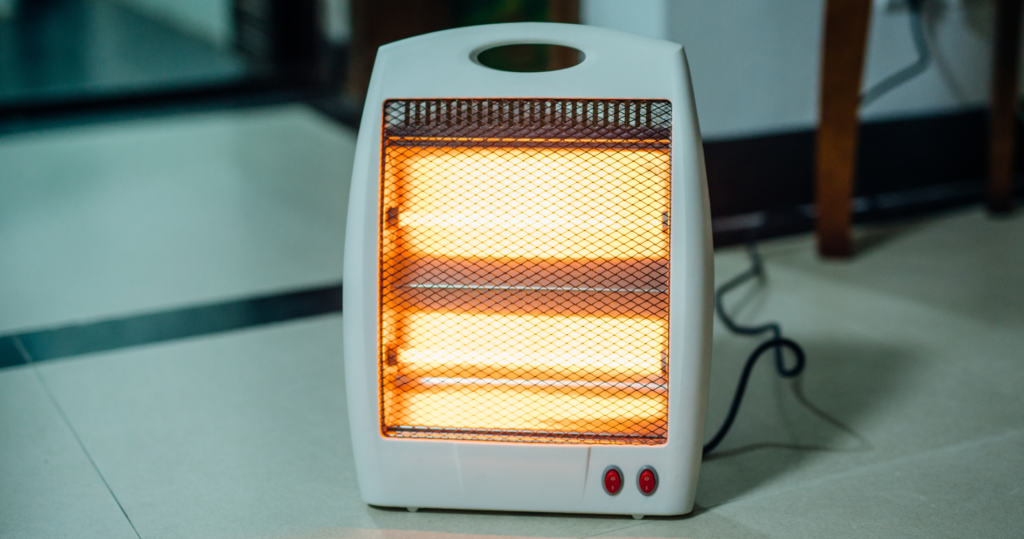
Okay, so portable heaters don’t differ massively from a heated blanket, as they still need to be plugged into the mains to keep you warm. However, they are somewhat safer to use because they don’t have the same movement and probability of wire damage as the electric blankets.
It’s still not recommended to leave these on overnight. Still, they can be sufficiently warm enough for it to be nice and toasty before you get in bed or can make a great alternative to having the heating on all over the house.
They have also become increasingly popular with the rise of people working from home since COVID-19, as it means they can heat a single room without leaving the heating on all day.
4. Warmer Bed Clothes
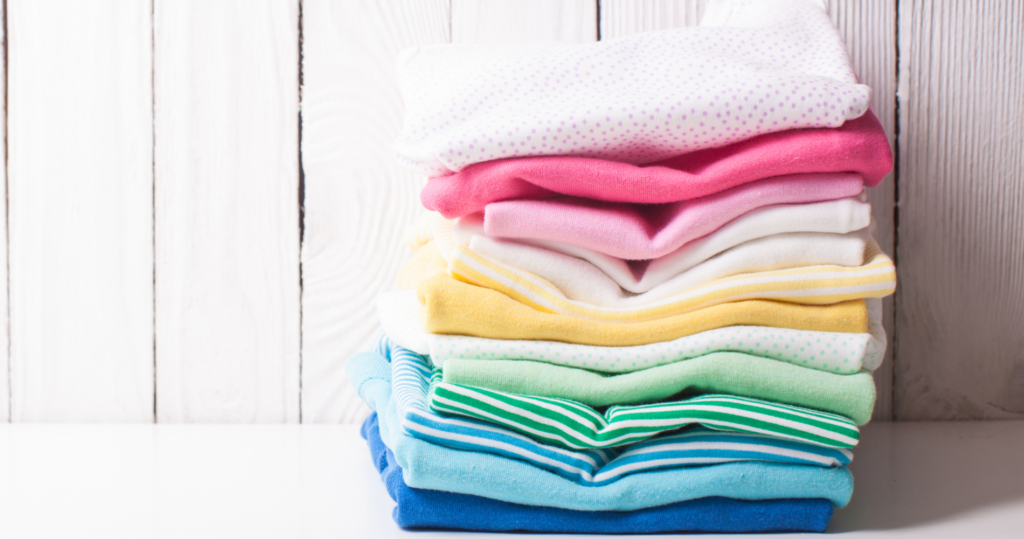
What you wear to bed can make a massive difference to your body temperature through the night. This can also take away that feeling of climbing into icy cold sheets.
Wearing long-leg, long-sleeved pajamas in materials such as flannel, wool, fleece, or polyester will significantly increase your body temperature while you sleep.
5. Invest in a Winter Comforter
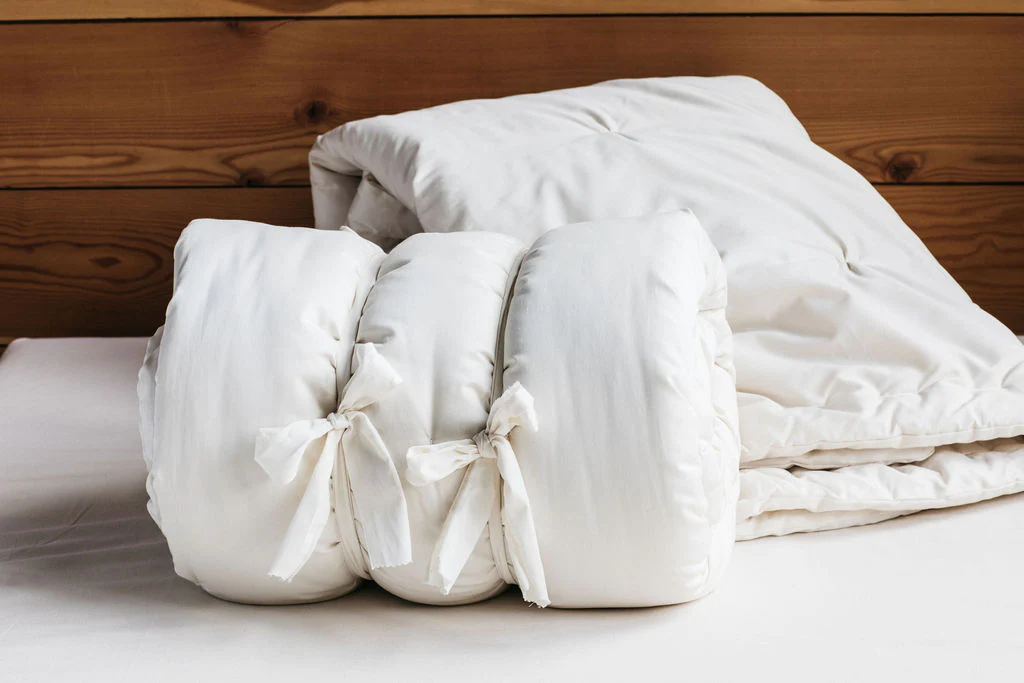
Having a warmer, thicker comforter for the winter months is ideal. Many people nowadays tend to have a thinner one, which they use in summer, and an extra thick one that comes out during winter.
The material from which your bedclothes are made can also impact your temperature, the same as it does with your pajamas. So fleece, down, and wool are all great options to keep you cozy and snug when it gets chilly.
6. Extra Blankets
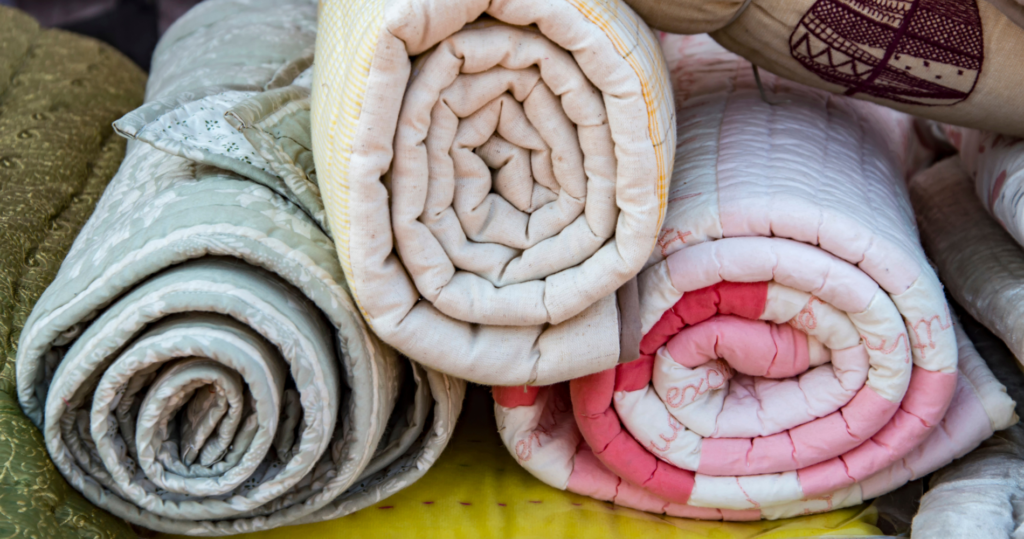
You just can’t beat a blanket when you want to stay warm in winter, there’s nothing cozier than snuggling up under a mound of blankets, and they don’t need to be heated to keep you warm.
Simply adding a few extra blankets to your bed at night or wrapping them up on the sofa is the cheapest and most straightforward way to stay warm when the weather gets frosty.
Are Heated Blankets Bad For You? – An Overview
The main reasons that heated blankets are dis-advised are, more often than not, because they are used carelessly or incorrectly, which can lead to electrical faults and overheating, both of which can lead to burns and fire.
If you’re cautious and use a heated blanket following the manufacturer’s instructions, and don’t leave them on overnight, or misuse them, then chances are, it will be perfectly fine. However, there are still risks.
If you decide to go down the path of a heated blanket, then ensuring you buy from a reputable buyer and checking the label is vital. For safety security, look out for the Underwriters Laboratories (UL) label to ensure your product is fit for use.
If you’re wary about using an electric blanket and don’t want to take the risk, then I hope this guide has given you a broader scope of what else you can use as an alternative to heated blankets.
Lastly, it’s important to mention that heated blankets should never be left on through the night or left with children when unattended. They should also never be left on to keep pets warm or wrapped around anyone or anything. Try to move your heated blanket as little as possible. Too much movement can damage the internal wires, which is one of the leading causes of incidents with heated blankets.
- https://www.sciencedirect.com/science/article/abs/pii/S1089947216303185
- https://journals.lww.com/md-journal/Fulltext/2017/06300/Effect_of_an_electric_blanket_plus_a_forced_air.80.aspx
- https://www.researchgate.net/publication/329375566_A_rare_survival_case_of_electrocution_with_multi-organ_damage_due_to_Electric_Blanket-_Case_Report
- https://pubmed.ncbi.nlm.nih.gov/9753010/

